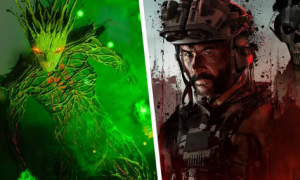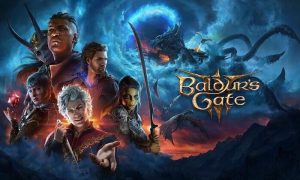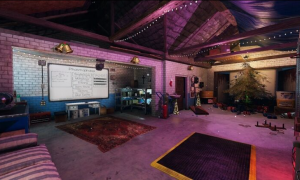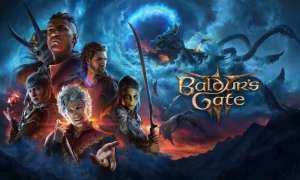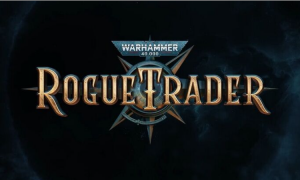A Critical Look at Final Fantasy 14: Dawntrail’s Story

The Importance of Story in Final Fantasy 14
The narrative is a cornerstone of Final Fantasy 14 (FF14). Despite some current mixed reactions, the game’s story remains its most compelling feature. In “Dawntrail,” though, I find myself grappling with a narrative that, while containing excellent elements on paper, suffers from issues in execution.
Dawntrail’s Narrative Potential
The core of “Dawntrail’s” story is brimming with potential:
- Plot: A rite of succession involving a sheltered princess, a tech-obsessed genius, and a son burdened by expectations, all racing to find a legendary city.
- Setting: The culturally diverse Tural, ruled by a warrior-king trying to prepare his children for leadership.
- Conflict: An invasion by a storm-ravaged civilization aiming to sustain a digital city of the dead.
These are all intriguing elements, setting the stage for a captivating tale. However, the storytelling often fails to capitalize on this rich foundation.
Storytelling Over Story
Creating a narrative isn’t just about having a good plot; it’s about how that plot is delivered. Unfortunately, “Dawntrail” struggles with this, often resorting to heavy-handed exposition and missing opportunities for deeper character development.
Exposition Overload
“Dawntrail” leans heavily on exposition, often retelling events immediately after they happen. This not only undermines the impact of those events but also makes the narrative feel repetitive and dry. For instance, after Zoraal Ja’s disqualification, a character immediately recounts the scene we just witnessed, adding no new perspective or emotional depth.
Missed Character Moments
Crucial character moments are frequently glossed over or handled off-screen. Wuk Lamat’s breakdown after her city’s siege and her father’s death is resolved too quickly, robbing the moment of its potential emotional weight. Similarly, Krile’s search for answers occurs off-screen, and her revelations are given minimal attention.
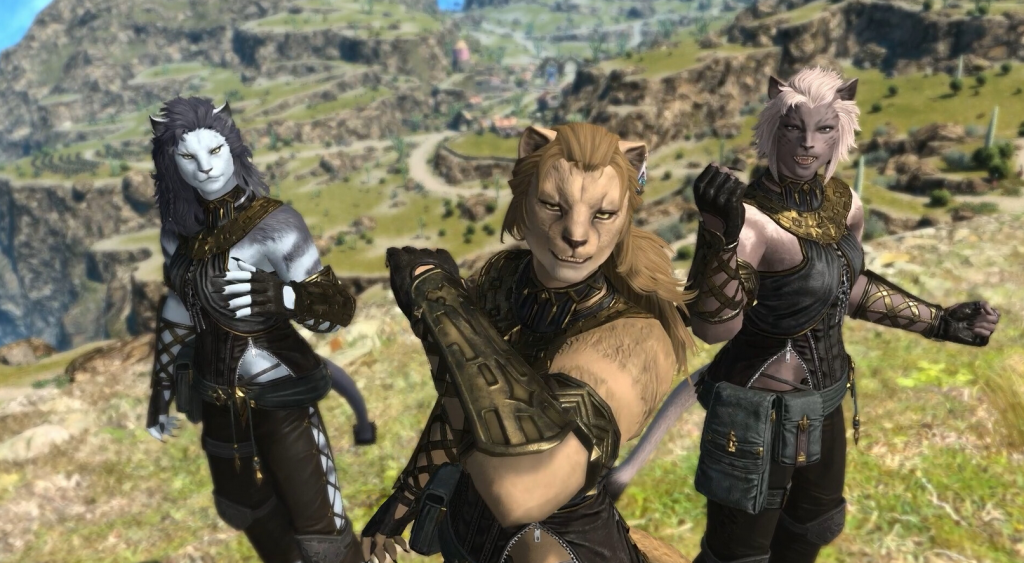
Underutilized Characters
While Wuk Lamat is given significant screen time, other characters feel neglected. The Scions, long-standing allies, are sidelined, contributing little to the story. Characters like Koana and Erenville have potential but are not fully realized. This imbalance disrupts the narrative flow and weakens character arcs.
Moments of Excellence
Despite these issues, “Dawntrail” has its moments of brilliance. Scenes in Living Memory and Erenville’s loss are poignant and well-executed. Characters like Otis and Bakool Ja Ja add charm and depth. These flashes of excellence highlight what the story could have been with more consistent execution.
Hope for the Future
“Dawntrail” is not without merit. Its engaging gameplay, beautiful environments, and strong narrative moments make it a worthwhile experience. The decision to bring new writing talent into the mix is promising. Just as FF14 grew from the feedback of “A Realm Reborn,” there’s potential for future story patches to address and refine the narrative issues in “Dawntrail.”
Conclusion
“Dawntrail” may not have reached its full potential, but it still offers an enjoyable experience with room for growth. With time and feedback, the narrative team can build on its strengths and address its weaknesses, ensuring FF14 continues to captivate players with its stories for years to come.







